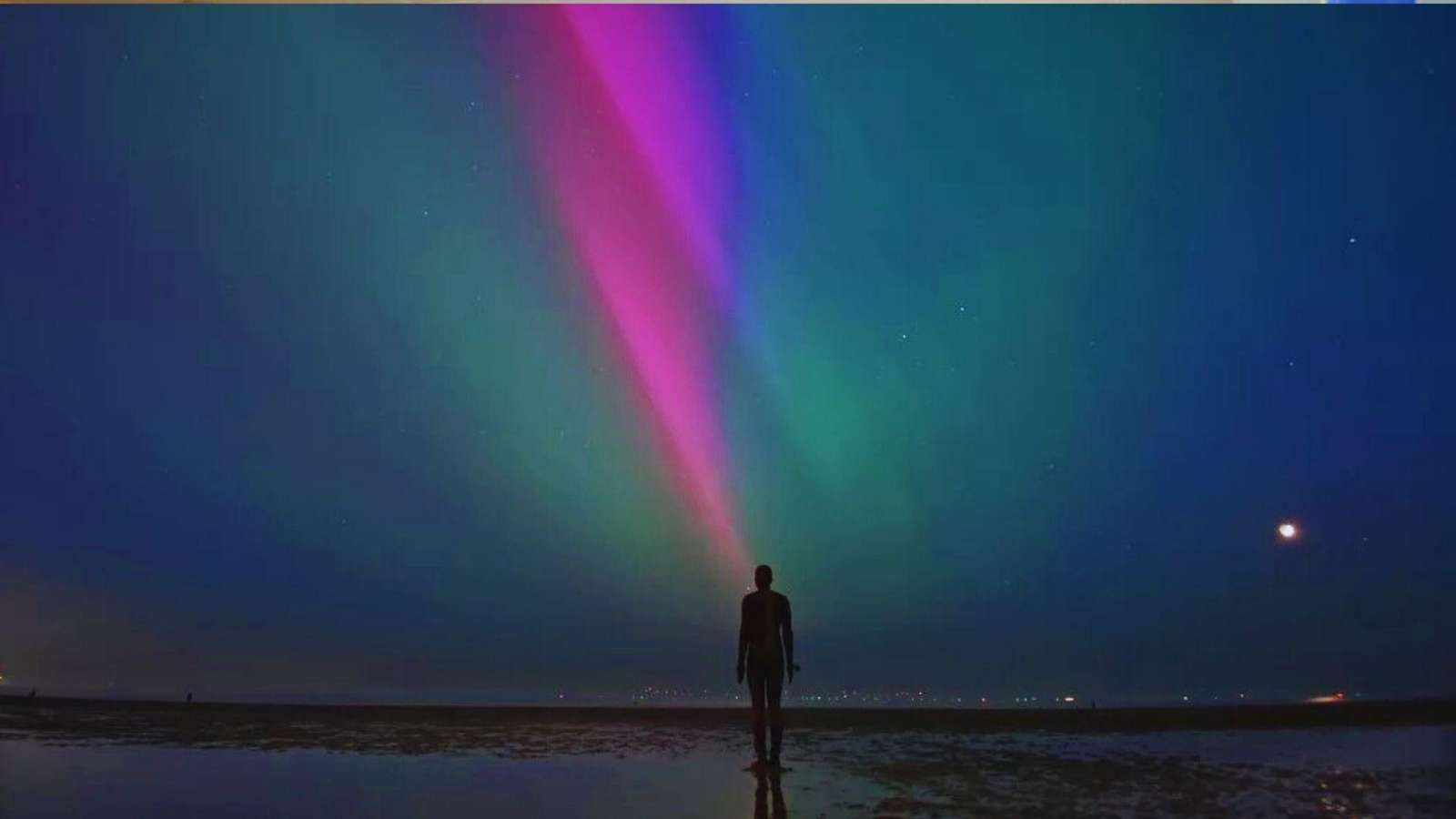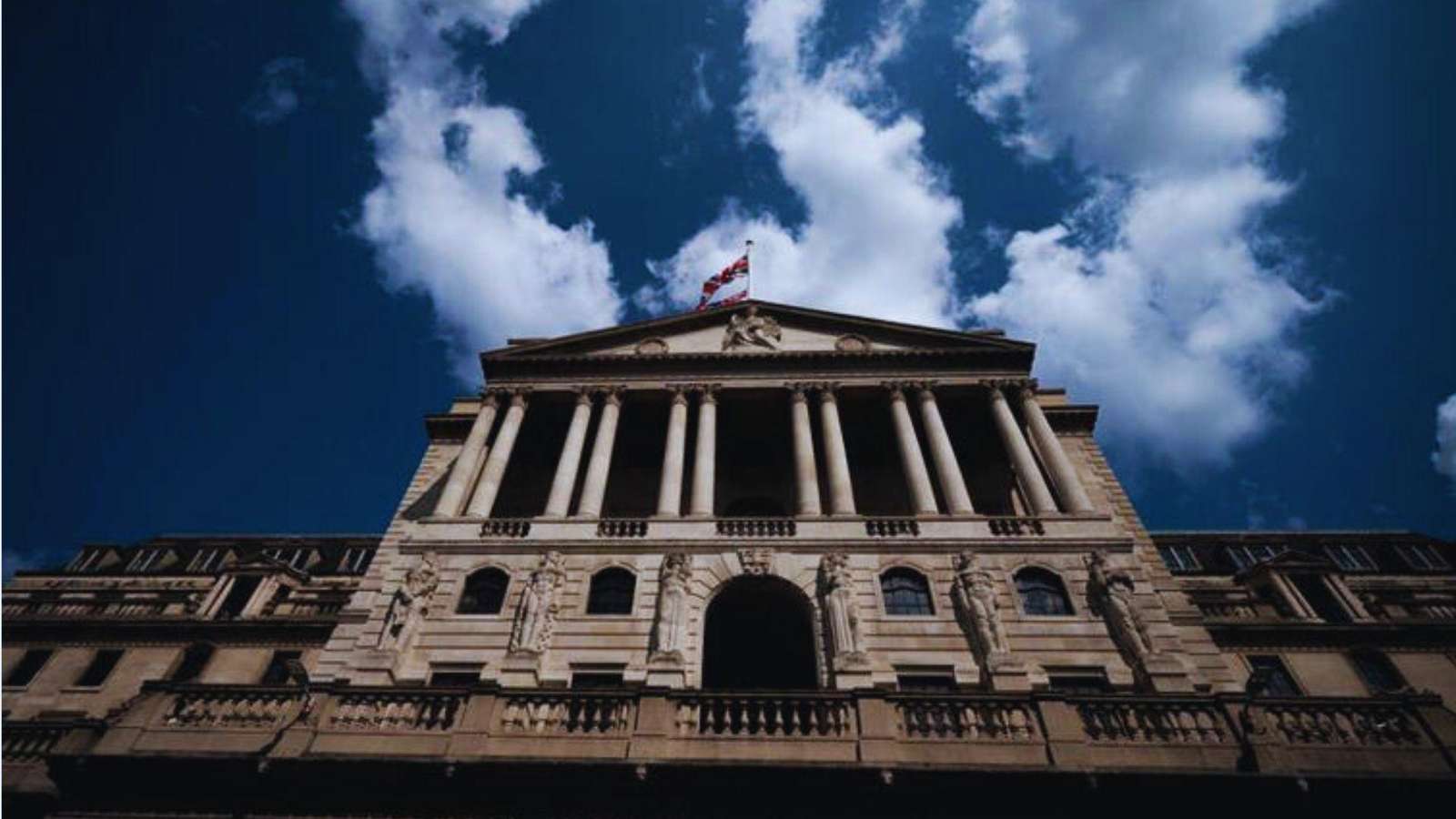The largest Christian holiday, Christmas, is observed annually on December 25th to commemorate the birth of Jesus Christ. With about 26 million adherents, Christianity is the third most popular religion in India, behind Islam and Hinduism. The earliest church and mosque in India were constructed in the city of Thrissur, Kerala, because Christianity arrived in the country before Islam and both religions went through Kerala.
Christian people in India make up 2.3% of the population, according to the 2011 Census. While 80–90% of people in the northeastern states identify as Christian, Kerala has the most churches in the nation. Kerala is home to almost 10,000 churches, both great and tiny. In Kerala, 54.73 percent of people are Hindu, 26.56 percent are Muslim, 18.38 percent are Christian, and the rest 0.33% are either non-religious or practice other religions.
How did Christians arrive in Kerala?
Kerala was introduced to Christianity far earlier than other regions of India. In 52 AD, one of Jesus Christ's twelve apostles, Saint Thomas, introduced Christianity to Kerala. He traveled by boat to the southern coast of India as part of his quest to promote Christianity throughout the world. Acts of Thomas, a book published in Edessa during the second and fourth centuries, is the oldest record that mentions this occurrence.
The Acts of Thomas states that Saint Thomas, on his first mission, traveled with the merchant Abbanes to the capital of the Parthian king Gondophares, who ruled over Afghanistan and Punjab, with Takshashila as his capital. On his second mission, Saint Thomas traveled to a region in South India, which was under the rule of the Chola dynasty in the first century, where people followed various religions, including Brahmanism, Judaism, Buddhism, Jainism, and nature worship.
How did Christianity spread in Kerala?
Christianity spread in Kerala through the efforts of Saint Thomas, who arrived on the Malabar Coast of South India. He stayed in Kerala and Tamil Nadu for about 20 years, spreading the teachings of Christianity. Saint Thomas converted the Aramaic-speaking Jews living in Kerala to Christianity and then began preaching the gospel to the indigenous people. Afterward, he traveled to the Coromandel Coast in southeastern India and continued spreading Christianity in northeastern states such as Nagaland and Meghalaya before settling in Tamil Nadu. While on his mission in Mylapore near Madras, he was martyred.
In the 4th century, Thomas of Kana, along with 72 families, arrived from the Middle East as Syrian Christians. By the 10th century, many persecuted Christians from the Middle East also settled in Kerala. The Portuguese missionaries began spreading Christianity in Kerala in 1490, coinciding with the beginning of the Portuguese colonial era. Initially focused on trade, the Portuguese and later Dutch missionaries came to Kerala to spread the gospel. Many tribal communities living along Kerala's coastal areas converted to Christianity in the hope of a better life.
The caste system played a significant role in the spread of Christianity in Kerala. Many people converted to Christianity, believing it would help them avoid caste-based discrimination and earn a higher social status. Local rulers' favorable attitude toward foreigners also encouraged this process. The oppression, hunger, and killings faced by lower castes attracted them to different faiths, and Christianity offered freedom from caste-based servitude. Thus, the spread of Christianity continued, and today, one in every five people in Kerala belongs to the Christian community.
First church in Kerala
The first church in Kerala was established by Saint Thomas when he arrived in India. He founded the church in Palayur, Thrissur, and propagated it as a place of worship. This church is known as the St. Thomas Church and is considered one of the oldest churches in the world. Following this, Saint Thomas laid the foundation for six more churches in India, which became significant places of worship for Christians. Churches were built in Kodungalloor, Kollam, Nirannam, Nilakkal, Kokkamangalam, Kottakavu, Palayur, Thiruvithamcode, and Maliyankara. Today, Kerala is home to approximately 10,000 small and large churches.
Kerala, the gateway of Islam in India
Muslims have been present in India long before the Mughal Empire. The arrival of Muslims in India began as early as the 4th century BCE, when Arab traders came to trade spices. Kerala, known for its rich spice trade, attracted these traders, who not only engaged in commerce but also began mingling with the local population. Syrian Muslims and traders from the Arab world traveled to India via Kerala, with many settling in the region. Islam reached India's southwestern tip, in Kerala, through these Middle Eastern merchants.
Islam officially entered India in the 7th century when Arabs first arrived at the Malabar Coast in South India. Over time, they settled in the region, married Indian women, and established families. The Muslims of Kerala, particularly in the northern part of the state, are known as "Mappilas," who are among the oldest native converts to Islam in South Asia.
In the 14th century, the famous Moroccan traveler Ibn Battuta visited Kerala, further establishing the presence of Islam. Kerala's sailors also began traveling with Arab merchants, which led to more cultural and religious exchanges. Over time, the influence of Islam grew, especially with the arrival of Mughal rulers who expanded their empire across India, including many Sultanates. Additionally, many Kerala Muslims, through trade and migration, settled in various Arab countries, further spreading Islamic influence in the region.
India's first mosque in Kerala: Cheraman Juma Masjid
The first mosque in India, known as Cheraman Juma Masjid, is located in Thrissur, Kerala. It was built in 629 CE by Malik bin Dinar. Malik bin Dinar was a contemporary of the ruler of Kodungallur, Cheraman Perumal, who had traveled to Mecca and converted to Islam. Cheraman Perumal invited people from Mecca to come to India and spread the teachings of Islam. It is believed that upon his invitation, Malik bin Dinar and Malik bin Habib traveled to India and constructed this mosque.
Following the design of southern temples, the mosque features a pond. Inside, there is a beautifully carved wooden platform made from rosewood. In the center of the mosque, a burning oil lamp is placed, and people from different faiths bring oil to the lamp during religious celebrations. The mosque also houses a museum, which contains a small replica of the mosque in a glass case.

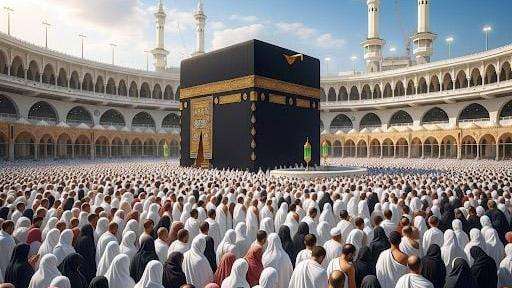


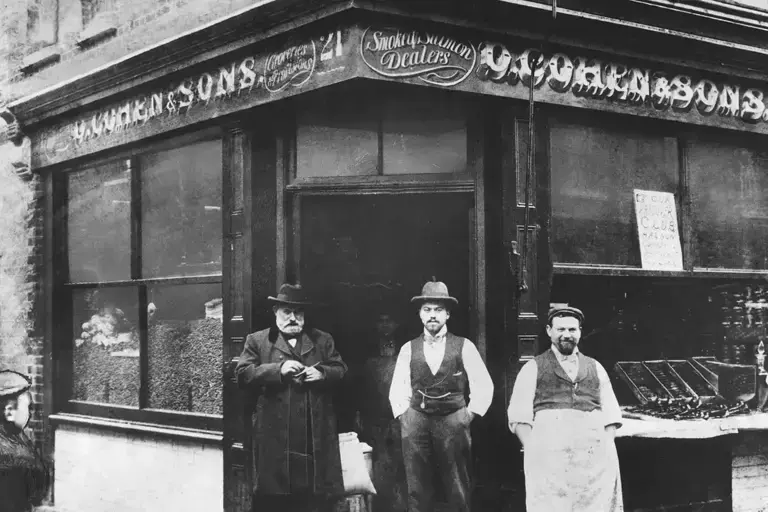


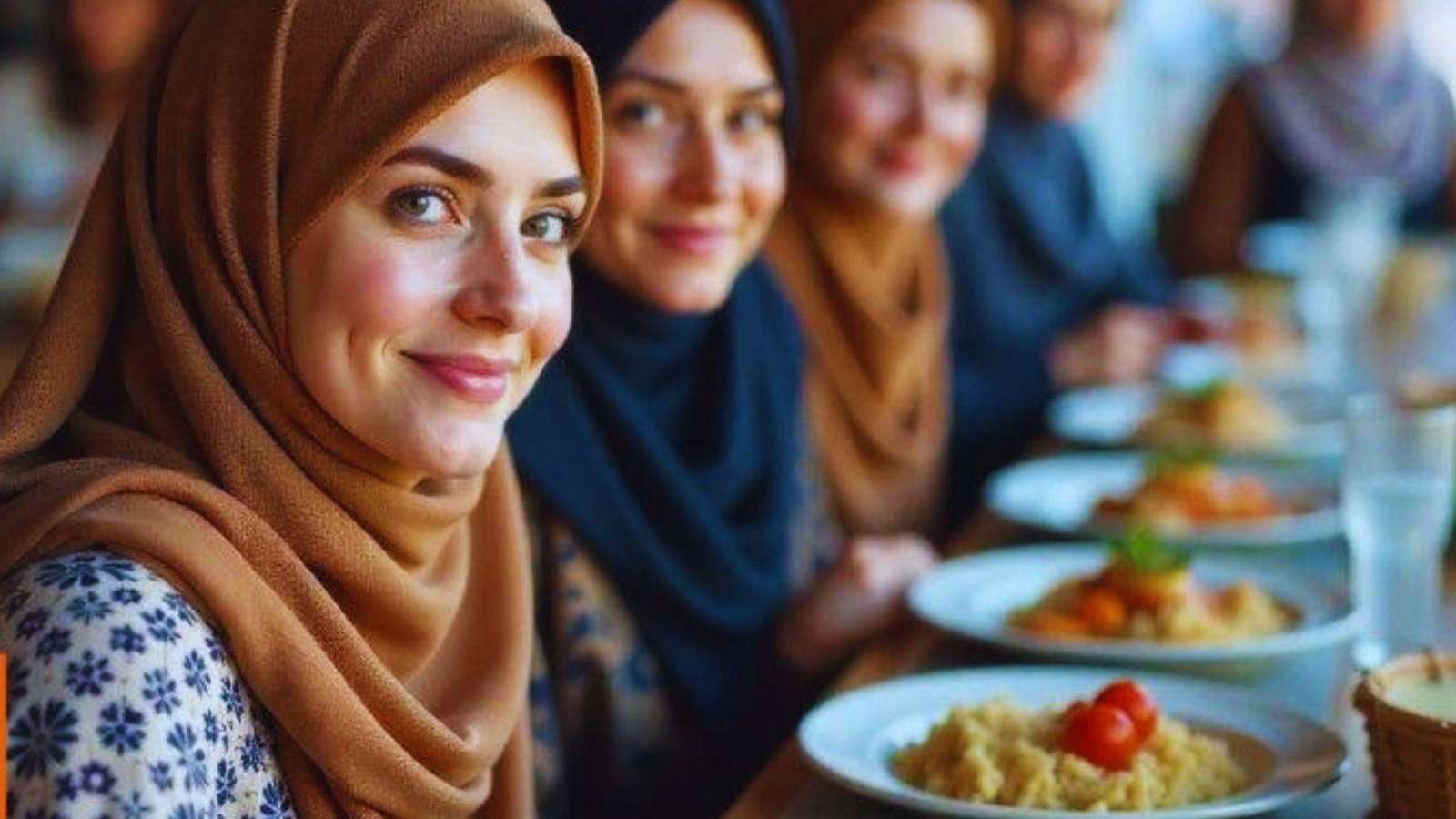
.svg)

